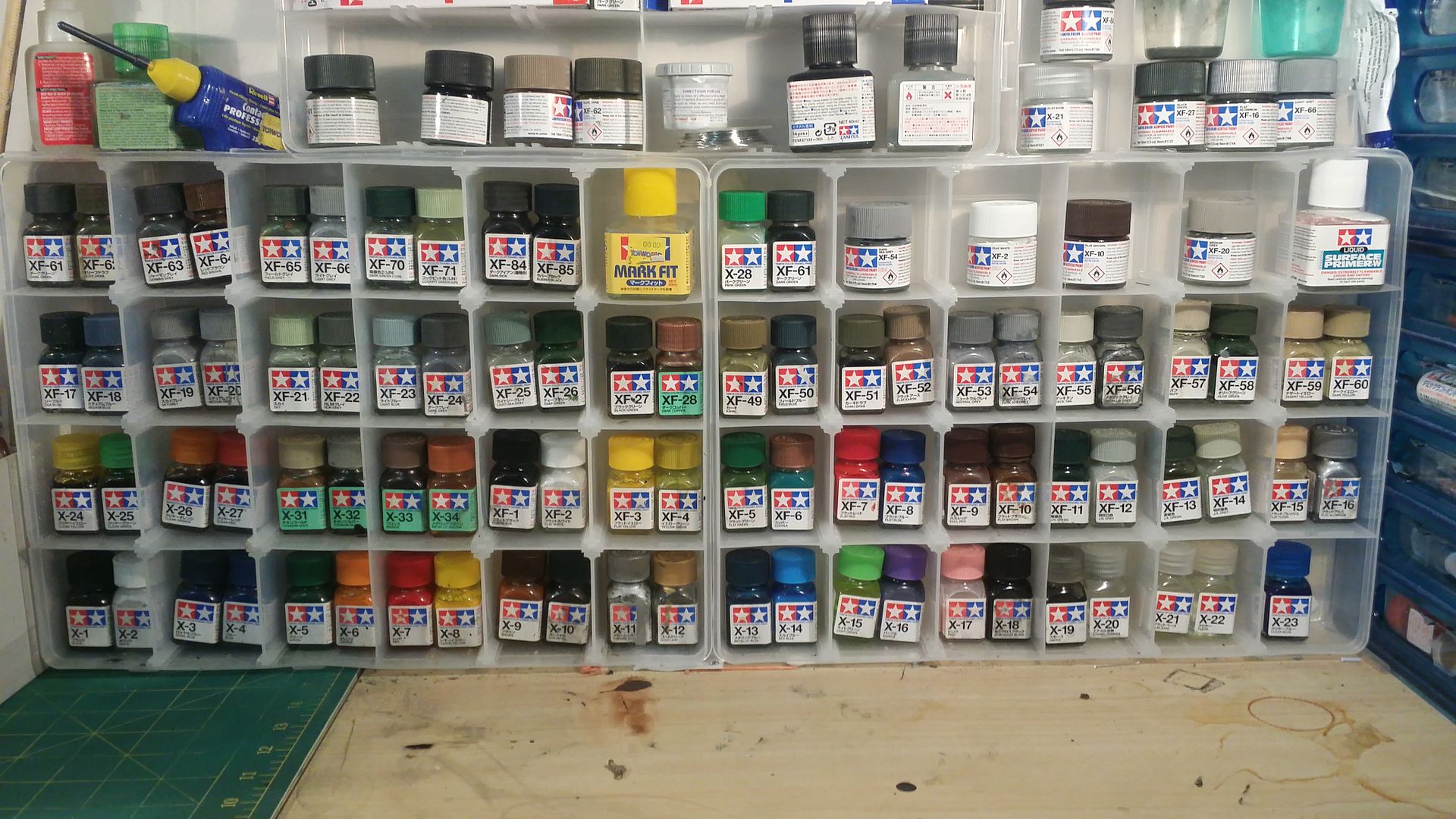B
Builder
Guest
Hi All,
Before I begin my question, I wish to ask mostly those people who use or have used mainly enamel paints - hopefully there are a few of you out there.. I know one (Patrick! .. I think)
Most articles I find on this topic are about Tamiya Acrylics vs Humbrol Enamels, hence why my post, as I have never seen these two being discussed together or compared anywhere.
As I'm new to the modelling scene. I currently have only one paint range.. the only paint range available to me... Tamiya Enamels. But recently I have found places that sell Humbrol Enamels as well. Now these are sold for around the same price but I am getting 4ml more per tin, as Tamiya enamels come in 10mL bottles.
As most of the people on here are Brits, I'm guessing many of you must have used Humbrol. My question then is has anyone had experience (more than a year) using both Tamiya and Humbrol enamels, if so then
I hope there are a few enamelers out here so any answer will be helpful.
Bob the Builder.
Before I begin my question, I wish to ask mostly those people who use or have used mainly enamel paints - hopefully there are a few of you out there.. I know one (Patrick! .. I think)
Most articles I find on this topic are about Tamiya Acrylics vs Humbrol Enamels, hence why my post, as I have never seen these two being discussed together or compared anywhere.
As I'm new to the modelling scene. I currently have only one paint range.. the only paint range available to me... Tamiya Enamels. But recently I have found places that sell Humbrol Enamels as well. Now these are sold for around the same price but I am getting 4ml more per tin, as Tamiya enamels come in 10mL bottles.
As most of the people on here are Brits, I'm guessing many of you must have used Humbrol. My question then is has anyone had experience (more than a year) using both Tamiya and Humbrol enamels, if so then
- Are Humbrol enamels better, the same or worse than Tamiya enamels?
- Are their any major differences between the two?
- Do Humrbol have a larger, smaller or about the same paint range than Tamiya?
- Are the Humbrol tins as easy to use as the Tamiya bottles?
I hope there are a few enamelers out here so any answer will be helpful.
Bob the Builder.


